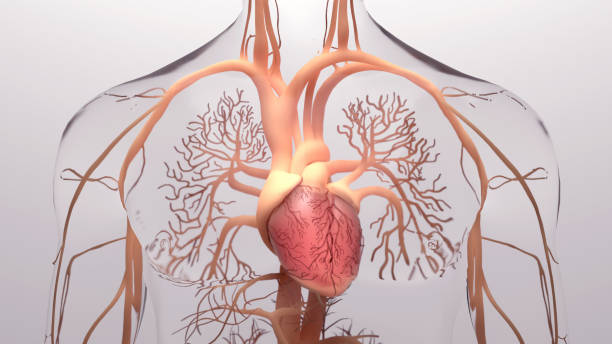Every day, species are becoming extinct. This is due to many reasons, such as habitat loss, climate change, and human activity. As species become extinct, the world becomes a less diverse place. This is a problem because diversity is important for the health of ecosystems. When one species becomes extinct, it can have a ripple effect on the rest of the ecosystem. This is why it is so important to try to prevent species extinction.
Species extinction is a serious problem that is happening all over the world. Many species are disappearing because of habitat loss, climate change, and other human-related activities. This is a problem because biodiversity is important for the health of ecosystems. When a species goes extinct, it can have ripple effects on the rest of the ecosystem. For example, if a predator species goes extinct, the prey species may increase in numbers and have negative impacts on their ecosystem.
Species extinction is a problem that is increasing at an alarming rate. Scientists estimate that we are losing plant and animal species at 1,000 to 10,000 times the natural rate. This means that we could see the loss of up to half of all species by the end of this century. The main cause of species extinction is habitat loss, which is caused by human activity such as deforestation, urbanization, and pollution.

What is Species Extinction?
Species extinction is the permanent loss of a species. A species becomes extinct when the last existing individual dies. The moment a species goes extinct, it can no longer be recovered.
Extinction is a natural process that has occurred since life first began on Earth. However, human activity is now causing extinction to occur at an unprecedented rate. Scientists estimate that up to 150 species are becoming extinct every day—more than 10,000 times the natural background rate.
The primary cause of this rapid increase in extinction is habitat loss. As human populations grow and develop, we are encroaching on more and more natural habitats. This leaves less room for other species, leading to increased competition and ultimately leading to some species being pushed out entirely.
Causes of Species Extinction
There are many causes of species extinction. One cause is habitat loss. When a habitat is lost, the animals that live there have nowhere to go and they eventually die. Another cause of species extinction is hunting. If a species is hunted too much, it can become extinct. The third cause of species extinction is a disease. If a disease kills too many members of a species, the species can become extinct.
Climate change is also a cause of species extinction. As the climate changes, some habitats become unsuitable for the animals that live there. The animals may not be able to find food or shelter and they eventually die.
All of these causes are human-caused, which means that humans are responsible for the majority of extinctions that have occurred and will continue to occur in the future.
The Effects of Species Extinction
The loss of species has far-reaching consequences. It can cause an ecological domino effect, where the disappearance of one species leads to the decline of another. For example, the extinction of a top predator can cause an increase in the population of its prey, which can then have a ripple effect on the ecosystem as a whole.
The loss of biodiversity can also lead to the extinction of entire ecosystems. When this happens, it can have a devastating impact on local communities that rely on those ecosystems for their livelihoods. In addition, the loss of biodiversity can also lead to a loss of genetic diversity, which makes it more difficult for species to adapt to changes in their environment.
Preventing Species Extinction
As the human population continues to grow, so does the demand for resources. This often puts strain on ecosystems, leading to habitat loss and degradation. This can cause species populations to decline, and in some cases, go extinct. There are many things that can be done to prevent this from happening.
One way to prevent species extinction is by conserving their habitats. This can be done through land management practices like creating protected areas or changing the way we use natural resources. For example, instead of clear-cutting, a forest, selective logging could be used which would leave more trees and vegetation intact. This would provide homes and food for animals, and help keep the ecosystem in balance.
Another way to prevent species extinction is by managing human activities that can cause harm to wildlife. This includes things like pollution, overfishing, and invasive species.


